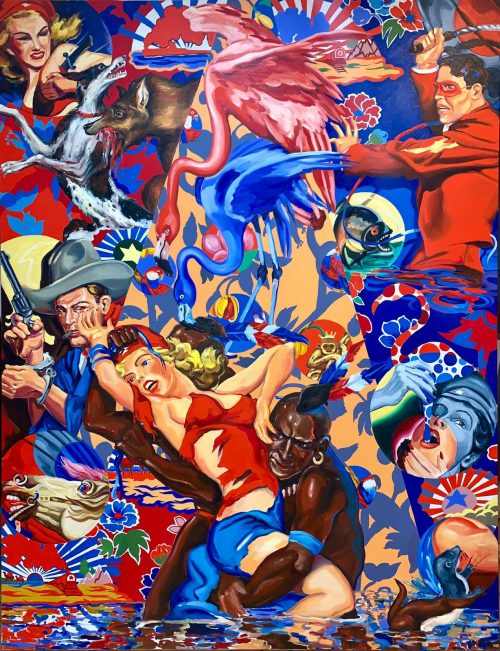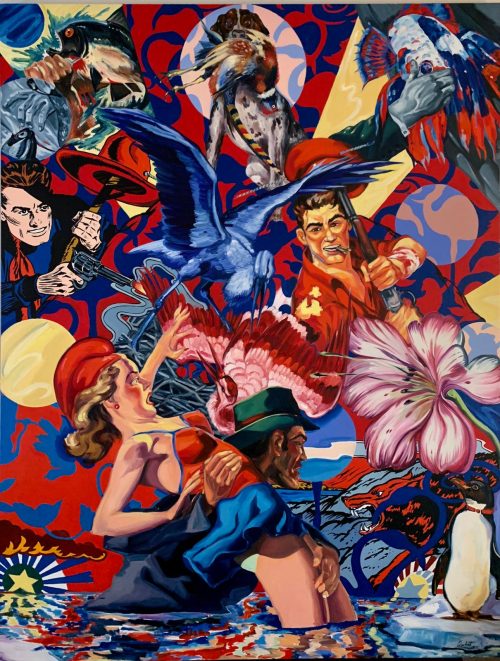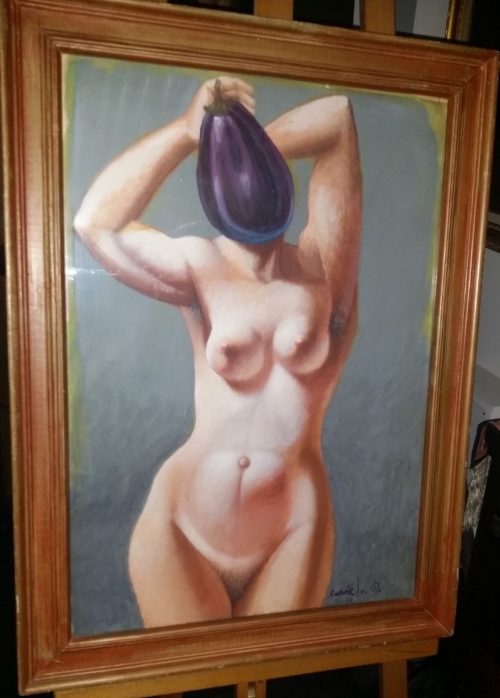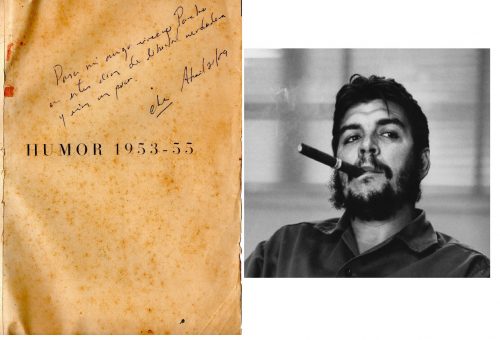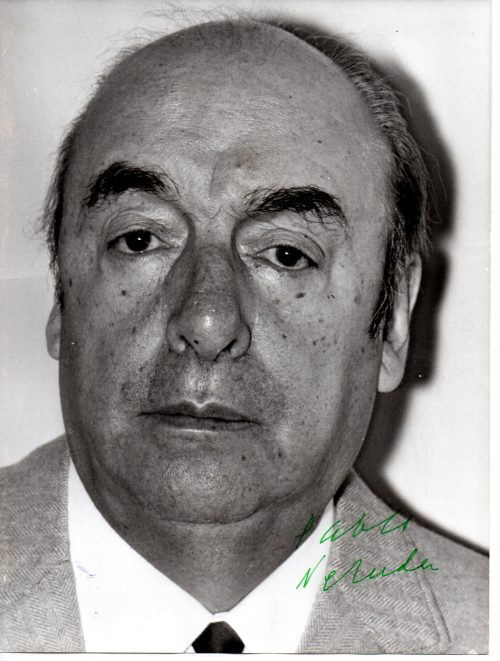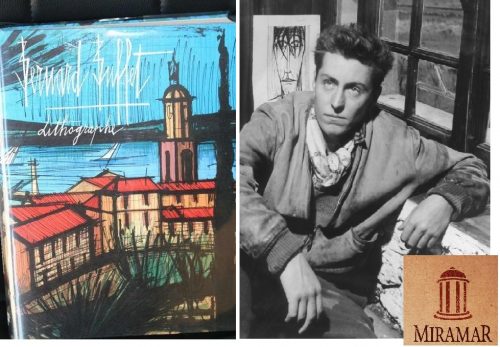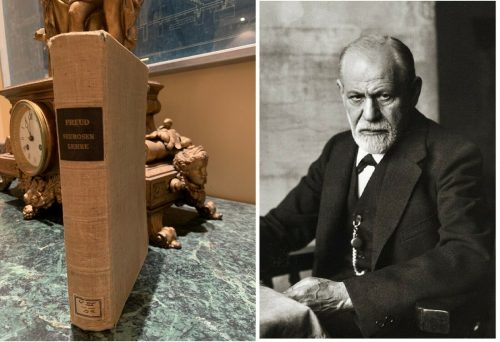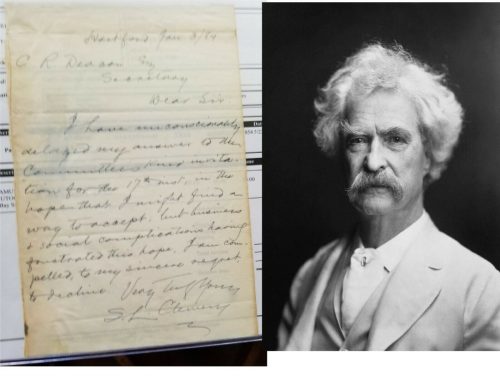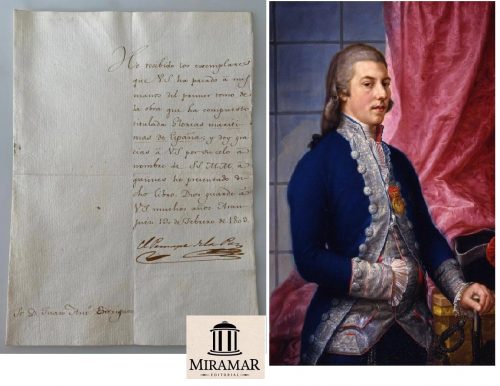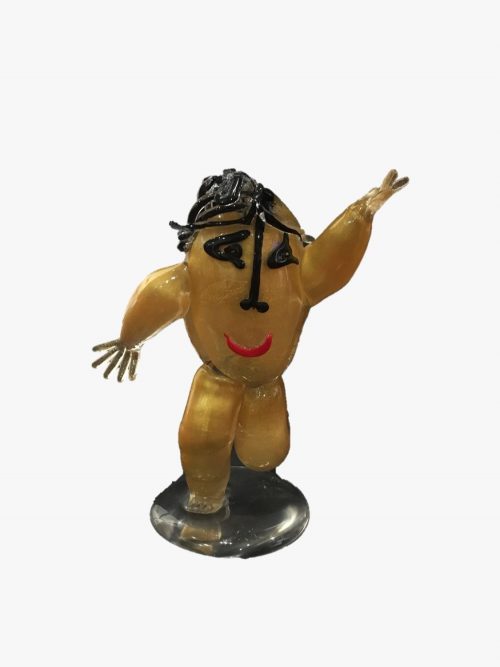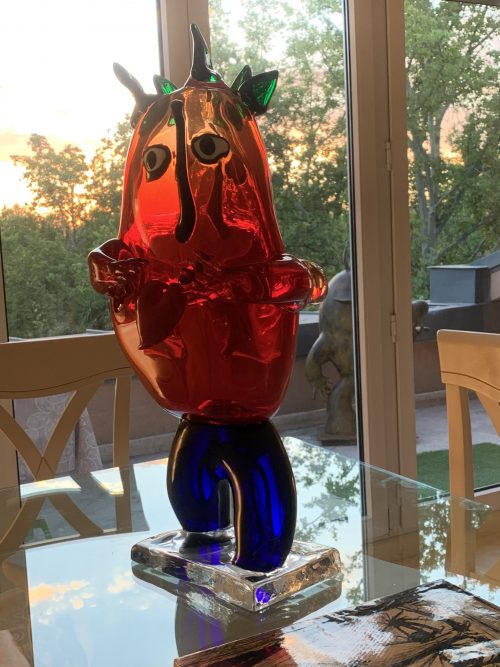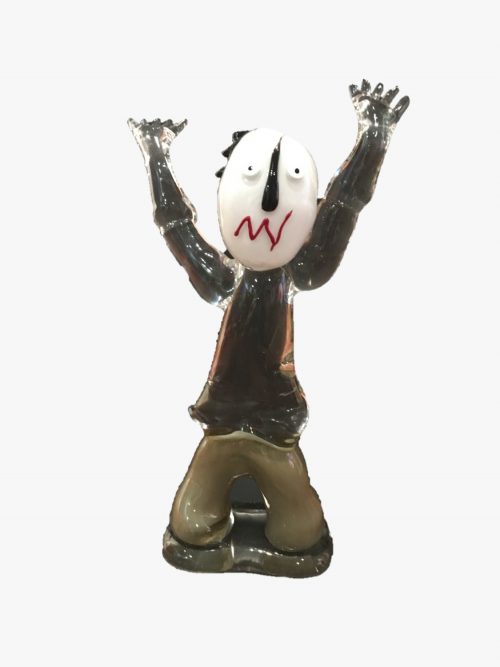Entering the work of Ciro Quintana is like daring behind the scenes. We attend a complex mise en scène jam-packed of scorn of which the artist makes us participants and accomplices at a time.
Ciro Quintana (Havana, 1964) is one of the cardinal artists within the second wave of the so-called Cuban Renaissance or New Cuban Art. His work, along with that of Ana Albertina Delgado, Adriano Buergo, Ermi Taño and Lázaro Saavedra, shook the artistic and social panorama of Cuba in 1986 when the iconoclastic group Puré -characterized as by kitsch, junk art, confusion between boundaries of artistic individualities and, above all, the treatment of themes directly associated with the daily and popular life of Havana at the time- broke in into Havana cultural scene. Although short-lived (the group finally disintegrated in 1987 to give way to the development of the personal poetics of its members), the impact of Puré and its bold collective actions implied a milestone in contemporary Cuban art and, consequently, in the further development of each one of the members of the group.
From very early in his artistic career, Ciro Quintana is interested in the pastiche. His works – often of an installation nature – are sophisticated visual collages. As capricious frames extracted from the most disparate films, the work of Ciro Quintana is an intricate and whimsical phrase only understandable from the reconstruction of implicit ellipses and unexpected collisions that force us to alertness. Indeed some of its top installations, such as “ Adiós a las Armas ” (Farewell to Arms), IV Biennial of Havana (collection of the National Museum of Fine Arts, Havana) and ““Pintura político-social” (Political-social painting), exhibition Kuba ok (Ludwig collection Forum for international art collection), are obliged paradigms in this regard.
Heiress direct of these works is his series “Maravillas y pesadillas del arte cubano” (Marvels and nightmares of the Cuban art), in which Ciro Quintana has been working since the year 1987. The series comprises careless collages where the kitsch survive and the initial spontaneity of the atmosphere of Puré in a sort of visual diary in which the artist collects cynically impressions of the daily life.
Ciro Quintana likes cultural clashes and semantic juxtapositions that propitiate a chain of resignifications forcing the continuous repositioning of that intrusive gaze that is the viewer who scrutinize from the proscenium. The use of the draperies and the stage in the work of Ciro Quintana function not as an element of estrangement but as an invitation to intrusion and voyeurism; Magnificent entrance door that forces us to dare into the other side of the mirror.
His iconic series “Crónicas de un artista cubano” (Chronicles of a Cuban Artist), in which Ciro Quintana has been working since 2013, is one of the artist’s most prolific series. Making use of the carnavalization, Ciro guides us behind the stage, showing us the swings of the contemporary Cuban art as a diasporic entity. For this, Ciro Quintana uses the most dissimilar symbols: Greco-Latin mythology, Renaissance painting, Flemish Baroque, Pop art, American comics, and well-rooted icons in Cuban culture such as bear, caiman, flamenco, wolf, snake, deer, and the image of the Republic, summarized in the Phrygian cap, among many others.
The substantial series, invariably performed in oil on canvas, stands out, first and above all, for its impeccable technical mastery, being just this savoir faire which allows the artist to fully develop this proposal that we could well qualify as neo-baroque.
The neo-baroque, warns the irreplaceable Severo Sarduy in his paradigmatic essay “Baroque and Neobarroco” of 1972, is characterized -as direct heir and subversion of its antecedent – by the presence of artifice (substitution, proliferation, condensation) and parody (intertextuality, intratextuality). Specific conditions that summarizes the proposal at hand. Plagued with self-referential quotations that as “filigree” connect new meanings and propose new axioms, “Crónicas de un artista cubano” is a rich pastiche where carnivalization becomes a sort of cimarronaje – by appropriating iconic fragments of Western culture that the artist “transcultura”, resignifying into a new context. If at first glance, his paintings may give the impression of a Churrigueresque incursion prompted by the horror vacui and the mere delight in tinsel and volute, it is the diachronic effect to which Sarduy refers – in that final rupture of harmony and homogeneity – where the strength of this proposal lies.
“Crónicas de un artista cubano” is a very complex skein. The proposed palimpsest comprises endless strata of significance all flattened in an abrupt foreground. This compression of the image is not gratuitous. Reflecting this “glossy skin” effect, masterfully described by Fredric Jameson, the iconographic “crush” in this series is exponent and symptom of the lack of depth that characterizes the contemporary era, saturated with images and media information whose torrent we do not reach to process but whose perennial and overflowing stream harasses us at every moment without remedy. This is the context that feeds the sophisticated feast of Ciro Quintana.
The paintings in this series emphasize the effect of theatricality (representation, artifice, parody, and unreality) to the point of incorporating the proscenium and draperies as an essential part of the scenario where the action takes place. In the foreground we witness fragmentary references to violent hunting scenes from the Flemish school of painting of the seventeenth century. The bitter struggle between predator and prey worked in chiaroscuro and generally in black and white contrasts with the colorful background where a simulated wallpaper decorated with banal motifs (flowers, flamingos, palms, and cockatoos) and treated in silhouettes of flat colors reinforces the sense of simulation and concealment that dominates the series. This relation foreground-background is not accidental: The ferocious drama we witness is trivialized by the futile decoration that strengthens the act of representation we attend. And is not this the same schizophrenic effect of the media parade of the most frightful events of the day trivialized by the irruption once and again of the sensual and sublimated adds?
Another core effect present in this series is the intertextuality that becomes intratextuality. The syntax resulting from the reckless pillaging of Western culture in this series is an act of cimarronaje that transmutes citations and appropriations into self-referentiality. Monumental hunting scenes from Flemish Baroque, inspired by Paul de Vos, in particular, his iconic piece “Deer beset by a pack of dogs” (1637-1640), appear as constant iteration throughout the series. Now the deer, now the swan, or the bird – unmistakable symbols of the defenseless prey – are devoured alive by a wild and hostile pack. The variations of this appropriation within the series are crucial clues that accentuated by the titles of the pieces function as keys for the unraveling of the chronicles narrated by this Cuban artist.
Intratextuality is also present in the recursion of the bubble that emphasizes the halo of unreality that animates this work. The bubble is used as a bridge, introducing motifs that are correlate with other works of the same series. Thus, works cannot be understood as isolated entities, forcing us all the time to the counterpoint between works that enriches the endless skein of the whole.
This effect of constant ritournelle that accentuates that aura of reality-unreality so dear to the work of Ciro Quintana is also essential to narrative structure of “Crónicas de un artista cubano”, where the central large format pieces are seconded by smaller ones (“Detalle de crónicas de un artista cubano”) that complete the meaning of the series. “Detalle de crónicas de un artista cubano” are abrupt zooms of the central paintings that as capricious windows allow us the access to parallel stories barely outlined in the central scene. Consisted of 24 “details” in total, the pieces are rotated periodically so not only spatial but temporal displacement is necessary for the total comprehension of the proposed series.
“Crónicas de un artista cubano”, refers to the sense of proliferation and chaos that typifies the contemporary era while establishing unavoidable references to the status of contemporary Cuban culture, stigmatized by its diasporic condition (the inside and outside) and the unbridled apotheosis to accompanies the boom of the current Cuban art where both, predator and prey, become victims of an useless battle.
CUBAN ART MASTER FROM SAN ALEJADRO HABANA SCHOOL. MENDIVE, FABELO, LAM, AMELIA PELAEZ, CUNDO BERMUDEZ, MARIO CARREÑO, MIJARES, MARIANO RODRIGUEZ.
